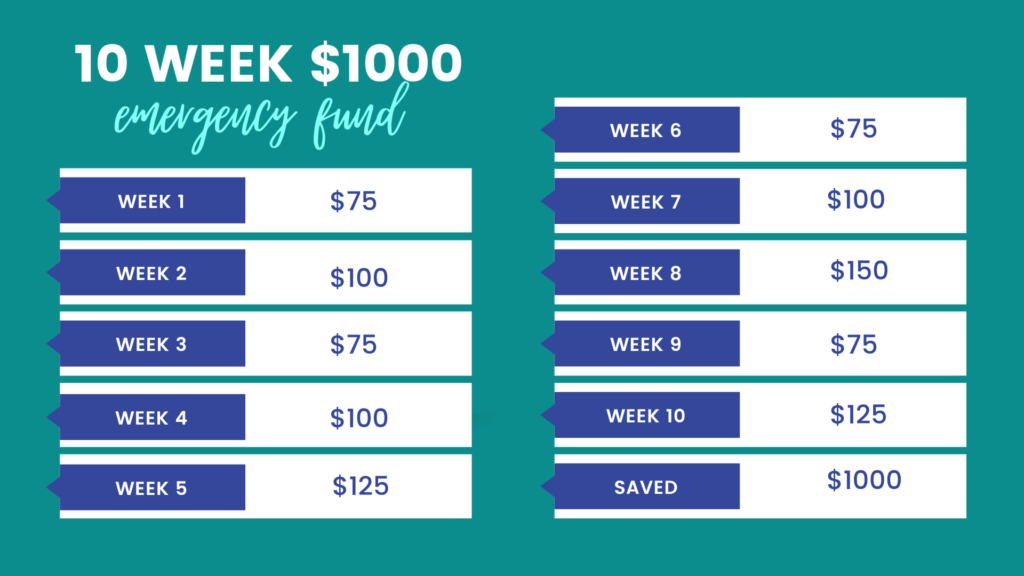With news of an impending recession and sky-high inflation rates on the rise it’s no doubt finances are on everyone’s mind. If one of your goals for the new year is to get a handle on your finances, we’ve got you covered with some tips and tricks, as well as links to helpful sources from vetted financial experts. You can also watch our recent Financial Literacy Goal Setting workshop recording, featuring local financial expert Mike Reilly for more tips.
Budgeting can be an intimidating word for most and there is often shame associated with a lack of knowledge when it comes to budgeting, but don’t worry, you’re not alone. According to an Ipsos survey 29% of Canadians have never done a household budget. If you’re looking to gain control of your financial future, try some of the tips below.
1. Track your spending. Knowing where your money is spent is key to cutting back in areas where you may be overspending. There are several great resources for expense tracking including apps like Mint and YNAB (You Need a Budget). You can also put pen to paper and track on a budget tracker like the one found here. Ultimately the method you use doesn’t matter if it works for you, and you have a clear understanding of where your money is being spent.
2. Once you’ve narrowed down where your money is being allocated look at where you can cut costs and save. A common high-cost area for most Canadians is dining out, and groceries. If this is the case, try planning meals and bringing lunches to work. You can also use an online coupon finder like Honey that automatically scans for discounts. Take a few hours to meal plan during your week, and ensure you are eating foods that are in season to save on groceries. Buying in bulk is the best way to save, though this can often be intimidating as the initial cost is quite high, but if you plan your meals you will save in the long run.
3. If you are struggling with debt like student loans, credit cards or loan payments, make an appointment with your financial advisor or talk to someone at your bank to set up a time to discuss debt consolidation. Oftentimes combining debt to one lump sum payment is significantly cheaper than paying down debt separately.
4. Once you’ve pinpointed where your money is going, work on budgeting to ensure you are living within your means. Are you spending a lot on clothing but are left short for other necessities at the end of the month? Try buying second-hand or sale items. If you have a big closet full of unworn or gently used items, try consigning them for extra cash. There are plenty of side-hustles you can take on to generate more income.
5. One of the most important financial goals for Canadians is ensuring you have an emergency fund of at least three months living expenses set aside in a HYSA (high-yield savings account), even if you have high debt. Having this money set aside will ensure you are taken care of in case of emergencies. See the graphic below for information on how to save for your emergency fund.

6. If you are saving for a trip or other experience, make sure you calculate your total cost so you can set aside funds on a regular basis. For example, say you are planning a trip that will cost $2500 total in 6 months’ time, you’ll want to save $208 every two weeks to have enough for the trip ($2500 divided by 6=$416/month, or $208 every 2 weeks). Saving these funds in a HYSA will also help gain compound interest!
7. If you’re confident you can consistently pay off your credit card every month you may consider putting your purchases onto a credit card that offers points or cash back to help you save. Research the best credit card for your needs, for example you may want to save travel points for an upcoming trip, or Airmiles for a new gadget. Using your credit card for purchases like gas, groceries and automatic bill payments will help you gain more points. You can add auto-payments to your credit card to avoid interest fees. Research is key for your needs, so make sure you take time to figure out the best option for you.
8. If you are looking to start or increase your savings your best bet is to start with RRSP (registered retirement savings plan) and TFSA (tax free savings account) contributions. Most employers offer an RRSP match after a probationary period, this means whatever you contribute they will match (for example if you put $100 a paycheck into your RRSP’s your company may match that and put an additional $100). Talk to your employer to learn about these options. Even if you don’t have an employer match, contributing to your RRSP’s on your own is a great way to gain wealth and financial freedom as you age. Contributing to your TFSA is a good idea if you are saving for a large purchase like a vehicle, or trip. Your bank can help walk you through setting up these accounts.
9. If you are looking to invest in something other than RRSP’s or TFSA’s take your time to learn about your options. There are plenty of online resources that can walk you through investing from Her First 100k, to MoneySense and Wealthsimple.
10. Take a free course to help you learn. WorkBC Westshore & Sooke offers a Financial Literacy course for free. You can find more information here, or contact the office directly at 250.478.9525.
